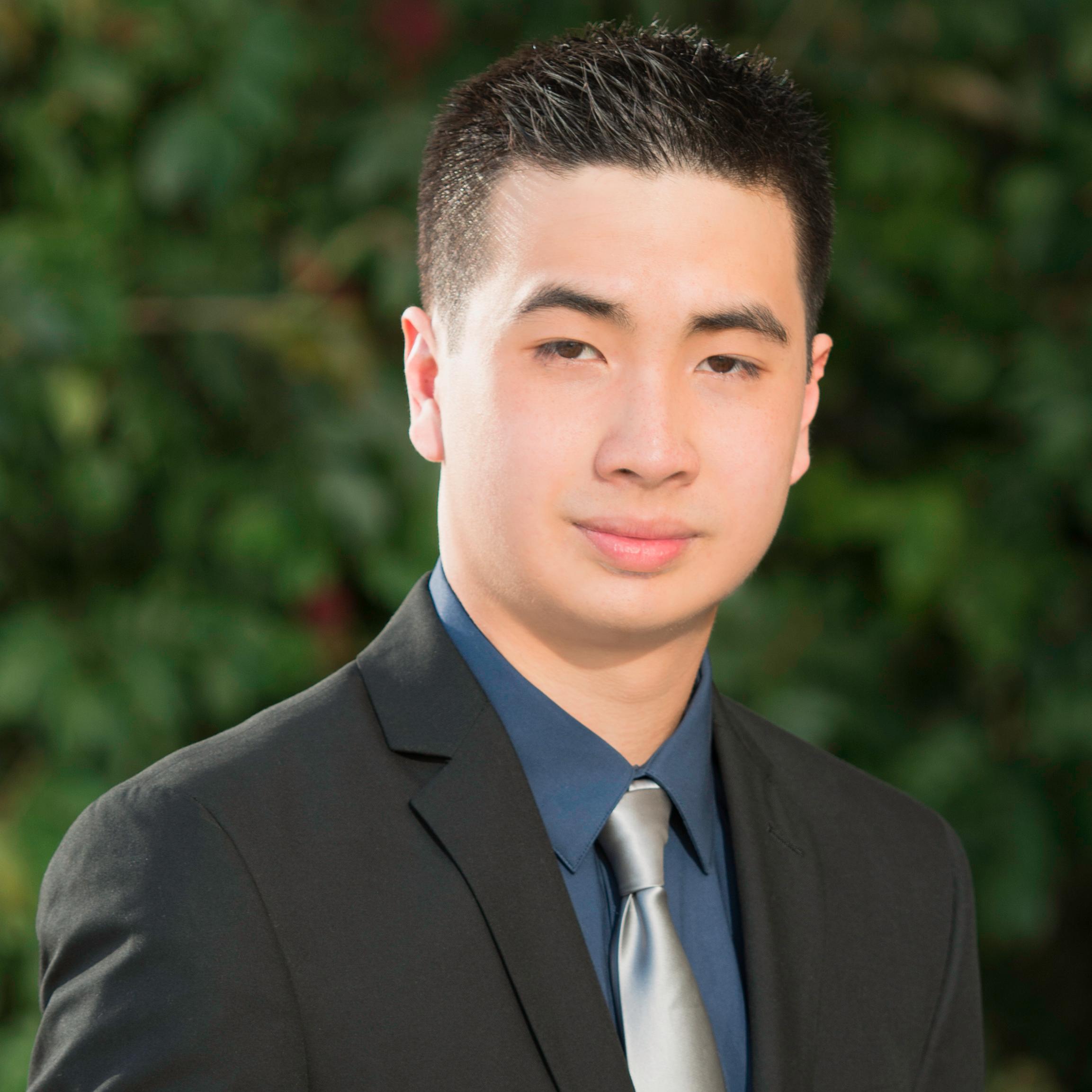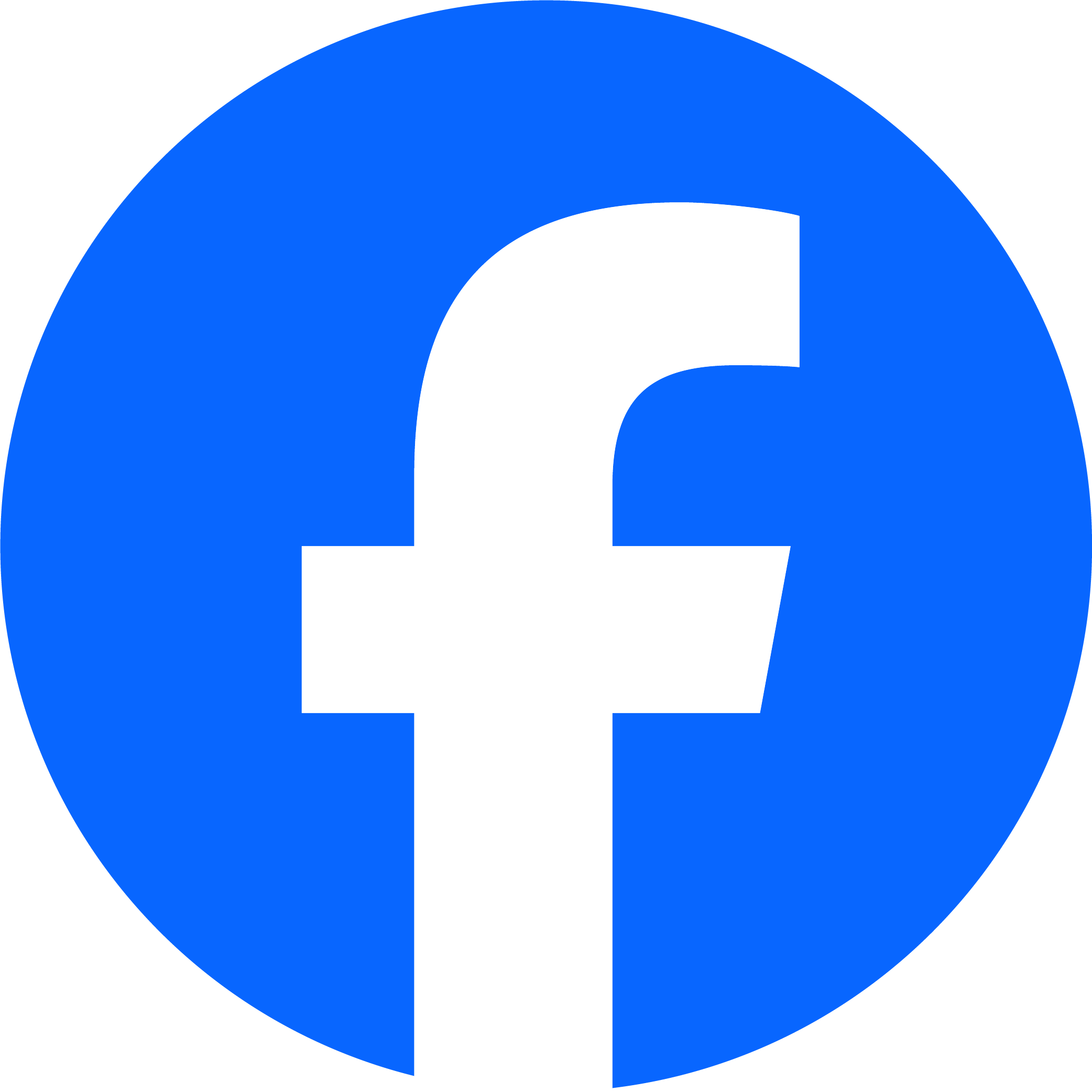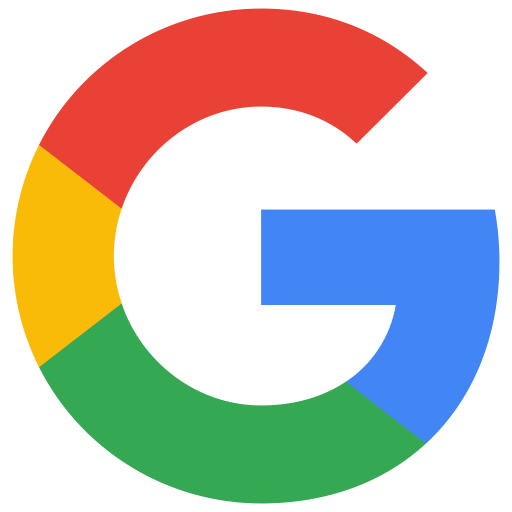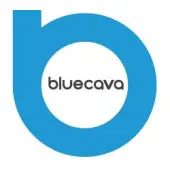
I’ve worked on some of the hardest engineering challenges in the world

Forecasting and Generative AI at LinkedIn (2022-2023)
I recently worked at LinkedIn where I led several projects in the generative AI space. Given Microsoft’s significant involvement with OpenAI, there was a buzz and a push towards innovation in the gen-ai area. Specifically, I created an on-call copilot system that substantially decreased the time it took to troubleshoot pages that the engineers received.
Another of my achievements was driving a forecasting project. While most LinkedIn campaigns lasted about two weeks with an ad spend up to $50,000, I saw an opportunity. I pushed for forecasting bigger budgets over several quarters, something that’s pretty common on other platforms. This project is expected to be a significant revenue driver for LinkedIn.

The foray into Machine Learning - Meta (2020-2022)
I spent two years at Meta, driving key initiatives within the Feed and Stories Ranking Team. The Feed, as many know, is the heart of Facebook engagement. On the other hand, Stories, inspired by Snapchat, catered more to the younger crowd. Recognizing a need to boost engagement among young adults, I pioneered the integration of Stories directly into the Feed. This required merging two extensive ranking systems into one cohesive unit. The result? A significant uptick in Sessions, a primary metric we report to Wall Street.
It was especially exciting since I worked at Meta on the Feed during an election cycle. As you can imagine, there was a lot of scrutiny from both the executives and the public. Sometimes people ask me who controls the Facebook feed - I could say that while I was there, I played a role in that.

The first of big tech - Google (2015-2020)
At Google, I was deeply involved in refining the Digital Content refunds for the Play Store. If a hefty purchase of Robux was made accidentally, the refund process was managed through my code. We recognized the importance of facilitating easy refunds to prevent bank chargebacks and to retain our valued customers. This initiative enabled me to collaborate with specialized Google divisions, such as Risk for fraud concerns and Legal for compliance, along with several cross-functional teams.
In addition, I took the lead on the Nest integration following Google’s acquisition of the brand. The aim was to unify support, allowing Google’s team to directly address Nest-related issues. This necessitated close collaboration with Nest to ensure seamless data integration

The first job - a big data startup
After completing college, I joined a big data startup, BlueCava, known for its Association Graph. This graph mapped users to their devices without using any personal identifiers. Typically, if someone accessed Google from both their phone and desktop, they’d be identified as one user. But this method had privacy concerns as it was quite direct in its targeting.
I developed an algorithm that deduced if a desktop and a phone were likely operated by the same individual based on browsing patterns and statistical analysis. Say, someone checked out football on their desktop and soccer on mobile; our system might assign a 60% probability that they’re male and possibly the same user. But if the browsing shifted to, say, women’s purses, the profile might switch to a potential female user. This allowed ads to convert substantially better which was a big value add to advertising agencies. I also got the chance to have a massive dataset as there are few datasets as large as advertising data.